Lanthanum Ferrite Sputtering Target Description
Lanthanum ferrite sputtering target is composed of lanthanum, iron, and oxygen with the chemical formula LaFeO3. High-purity lanthanum ferrite sputter targets are crucial in deposition processes to ensure high-quality deposited films. TFM specializes in producing sputtering targets with purities of up to 99.9995%, utilizing rigorous quality assurance processes to guarantee product reliability.
Related products: Lanthanum Sputtering Target, Iron Sputtering Target
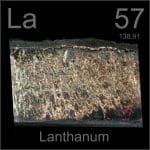
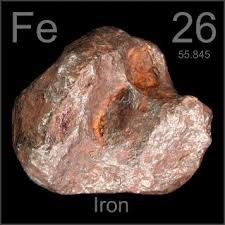
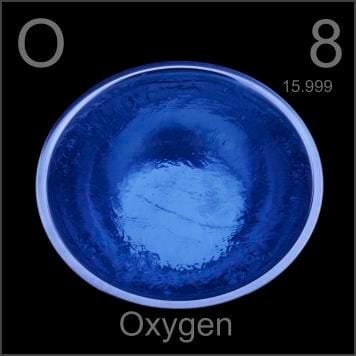
Lanthanum Ferrite Sputtering Target Specification
| Material Type | Lanthanum Ferrite |
| Symbol | LaFeO3 |
| Color/Appearance | Solid |
| Melting Point | N/A |
| Density | N/A |
| Type of Bond | Elastomer, Indium |
| Available Sizes | Dia.: 1.0″, 2.0″, 3.0″, 4.0″, 5.0″, 6.0″ Thick: 0.125″, 0.250″ |
We also offer other customized shapes and sizes of the sputtering targets; please Contact Us for more information.
Lanthanum Ferrite Sputtering Target Application
The lanthanum ferrite sputtering target is employed for thin film deposition and various applications including decoration, semiconductors, displays, LEDs, and photovoltaic devices. It is also used for functional coatings, optical information storage, glass coatings for car and architectural glass, and in optical communication.
Lanthanum Ferrite Sputtering Target Bonding Services
Specialized bonding services for Lanthanum Ferrite Sputtering Targets, including indium and elastomeric bonding techniques, enhance performance and durability. Thin Film Materials (TFM) ensures high-quality solutions that meet industry standards and customer needs.
We also offer custom machining of backing plates, which is essential for sputtering target assembly. This comprehensive approach improves target design flexibility and performance in thin film deposition. Our channels provide detailed information about bonding materials, methods, and services, helping clients make informed decisions.

Lanthanum Ferrite Sputtering Target Packaging
Our lanthanum ferrite sputtering targets are meticulously handled to avoid any damage during storage and transportation, ensuring they remain in their original pristine condition. Proper tagging and external labeling are applied for efficient identification and quality control.

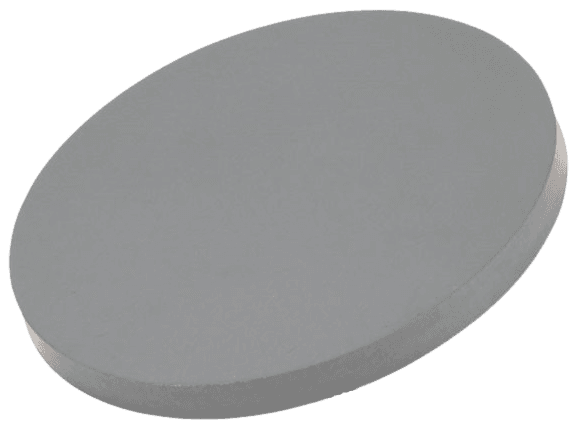
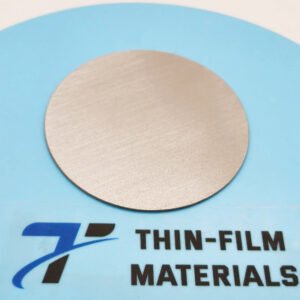
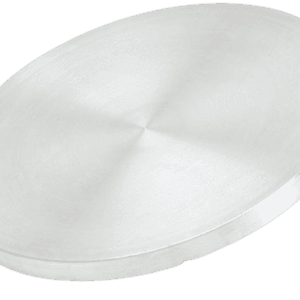
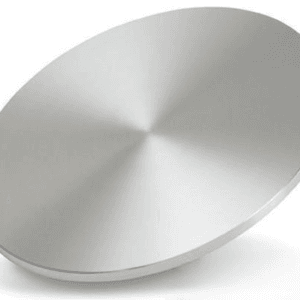
Reviews
There are no reviews yet.